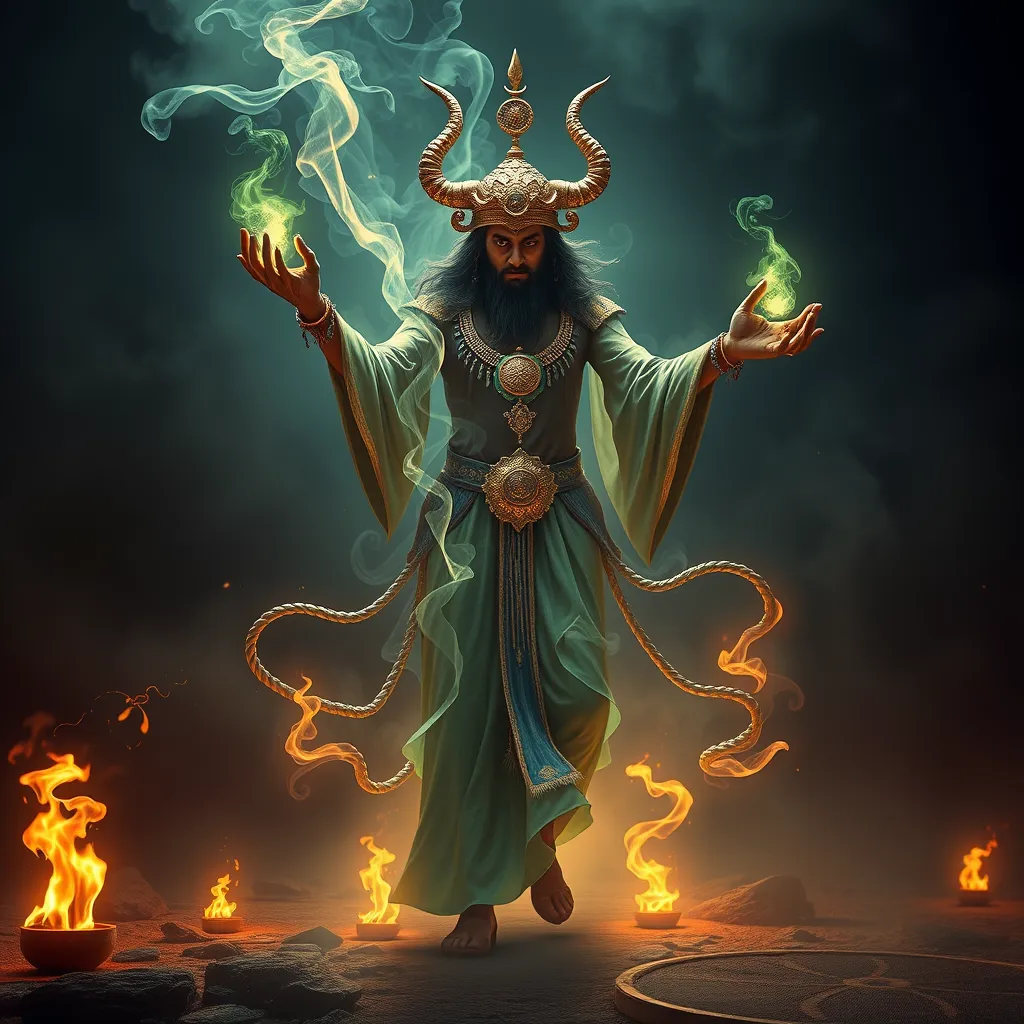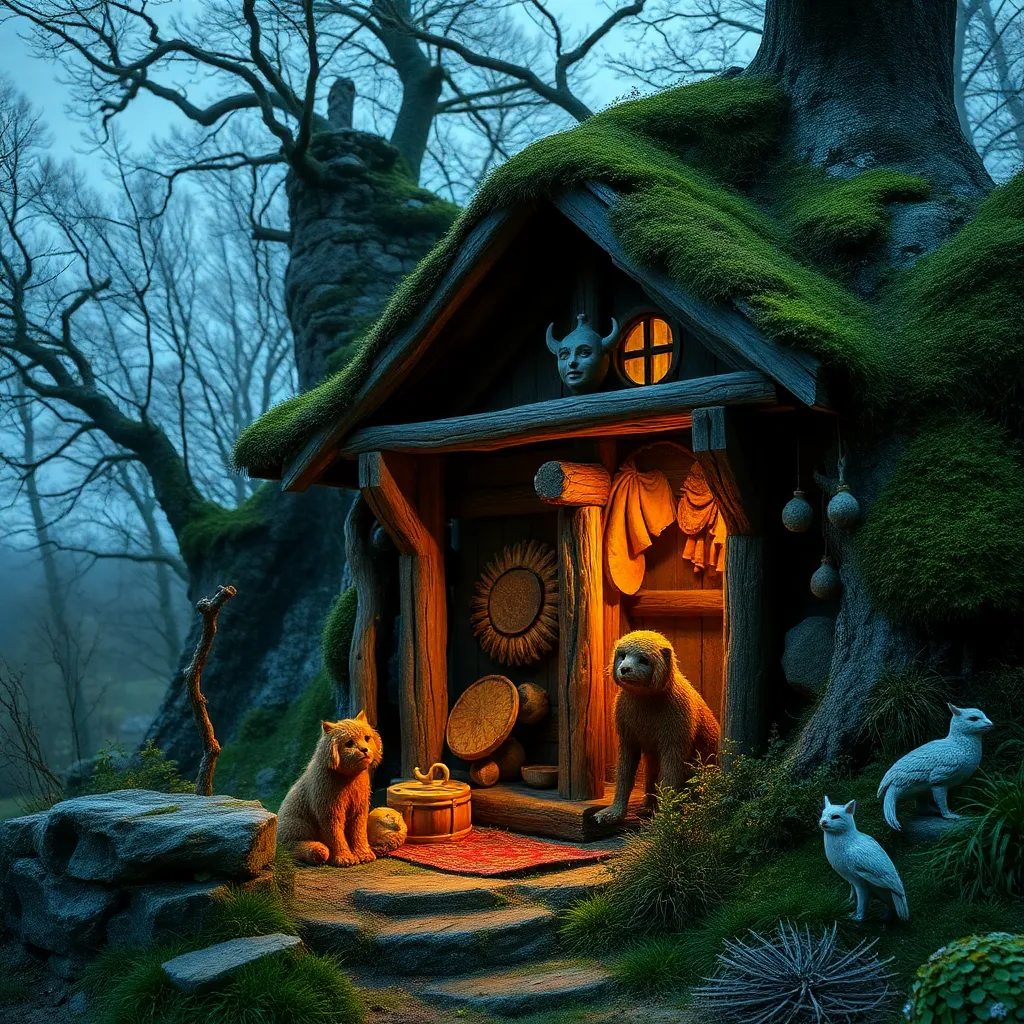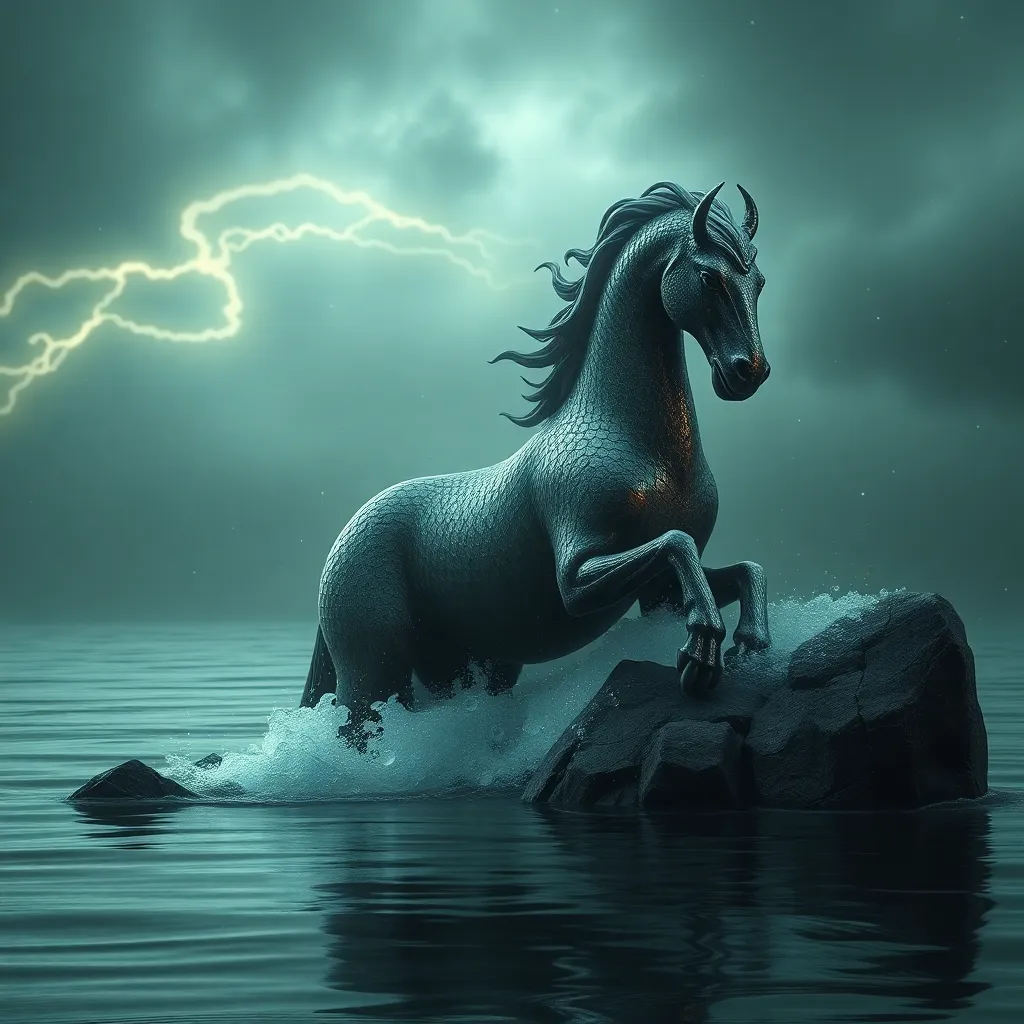Ancient Origins: Exploring the Roots of Werewolf Myths in Celtic and Germanic Mythology
I. Introduction
Werewolf myths have captivated human imagination for centuries, depicting the transformation of humans into wolves or wolf-like creatures. These legends often intertwine with themes of duality, the wild nature of humanity, and the struggle between civilization and primal instincts.
The significance of Celtic and Germanic mythology in the study of werewolf legends lies in their rich tapestry of folklore, cultural beliefs, and symbolic meanings. Both traditions offer unique insights into how ancient societies perceived the relationship between humans and nature, as well as the fears and mysteries that surrounded them.
This article aims to explore the ancient origins of werewolf myths, focusing on their roots in Celtic and Germanic mythology, shedding light on the historical context, key figures, and their enduring legacy in modern culture.
II. Historical Context of Werewolf Myths
Folklore has always played a crucial role in ancient societies, serving as a means to explain the unexplainable and to convey moral lessons. Myths and legends functioned as cultural artifacts that reflected the values, fears, and beliefs of the people.
Werewolf myths often intersect with cultural beliefs about the supernatural, the spirit world, and the boundaries between humanity and the animal kingdom. These narratives can be seen as responses to societal fears, such as the dangers of the wilderness, the unpredictability of nature, and the darker sides of human nature.
Furthermore, natural phenomena—such as lunar cycles, animal behavior, and seasonal changes—often influenced the creation of these myths, providing a backdrop for the transformation themes present in werewolf legends.
III. Werewolves in Celtic Mythology
In Celtic mythology, shapeshifting is a common theme, with various deities and figures possessing the ability to transform into animals. This reflects a deep connection between the Celts and the natural world, where animals were seen as spiritual entities and symbols of certain attributes.
One of the most notable figures in Celtic mythology is the Cailleach, a divine hag associated with winter and transformation. The Cailleach is often depicted as a shapeshifter who can take on various forms, including that of a wolf, representing the fierce and untamed aspects of nature.
- The Cailleach: A goddess of winter who embodies transformation and the wild.
- Other Shapeshifters: Numerous tales exist of warriors and druids who could change into wolves, illustrating the belief in the fluidity of form and identity.
The symbolism of the wolf in Celtic culture is rich and varied. Wolves were often seen as guardians of the forest, embodying both fear and respect. They represented the wild, untamed aspects of the earth, and their presence in myths often signified a connection to the spiritual realm.
IV. Werewolves in Germanic Mythology
In Germanic mythology, the concept of the werewolf is closely associated with the god Tyr and the monstrous wolf Fenrir. Tyr, a god of war and justice, is known for his bravery in binding Fenrir, a creature prophesied to bring destruction during Ragnarok. This relationship highlights the duality of humanity’s struggle with its primal nature.
Berserkers, warrior figures who were said to enter a trance-like state during battle, are another fascinating aspect of Germanic werewolf lore. These warriors were believed to embody the spirit of the wolf, wearing wolf skins and tapping into the ferocity and strength of the animal to gain an advantage in combat.
- Tyr and Fenrir: The myth of Tyr’s sacrifice to bind Fenrir illustrates the tension between control and chaos.
- Berserkers: Their connection to wolf transformation reflects the ritualistic aspects of warfare and the embrace of wildness.
Notable Germanic legends, such as those found in the “Edda” texts, further explore the themes of transformation and the consequences that come with it, often portraying werewolves as tragic figures caught between two worlds.
V. Comparative Analysis of Celtic and Germanic Werewolf Myths
When comparing Celtic and Germanic werewolf myths, several similarities and differences emerge. Both traditions share themes of shapeshifting, highlighting the fluidity of identity and the connection between humans and animals.
- Similarities:
- Both mythologies feature figures who can transform into wolves, illustrating a shared belief in shapeshifting.
- Nature and animal symbolism play significant roles in both cultures, representing the wild aspects of existence.
- Differences:
- Celtic myths often emphasize the spiritual connection with nature, while Germanic myths focus on the struggle between order and chaos.
- In Celtic traditions, shapeshifting is often portrayed positively, whereas in Germanic myths, it can represent a loss of control.
The role of nature and the wild is central to both mythologies, reflecting the reverence and fear that ancient peoples held for the natural world and its untamed forces.
VI. Werewolf Myths in Historical Texts and Literature
Medieval texts provide valuable insight into the perception of werewolves in historical contexts. Chronicles and legal documents from this era often referenced werewolves in relation to witch hunts and trials, illustrating the societal fears surrounding transformation and the supernatural.
The impact of werewolf myths on later literature is profound, influencing works from the Gothic period to modern horror fiction. The evolution of these narratives has been shaped by changing cultural attitudes towards nature, humanity, and the unknown.
- Medieval Texts: Accounts of werewolves in legal contexts reflect societal fears and moral lessons.
- Literary Evolution: The werewolf myth has adapted over time, evolving into complex narratives seen in contemporary literature.
VII. Modern Interpretations and Cultural Impact
In contemporary media, werewolf myths have experienced a resurgence, appearing in films, television shows, and literature. Modern portrayals often blend ancient themes with new interpretations, creating a diverse array of characters and stories.
The influence of ancient myths is evident in how modern werewolves are depicted, often retaining the duality of human and beast, but exploring new dimensions of power and identity.
- Resurgence in Media: Films and shows frequently explore themes of transformation, identity, and the struggle between civilization and primal instincts.
- Fascination with Werewolves: The enduring allure of werewolves in popular culture reflects humanity’s complex relationship with nature and the wild.
VIII. Conclusion
In summary, the exploration of werewolf origins in Celtic and Germanic mythology reveals a complex interplay of cultural beliefs, fears, and natural phenomena. The rich narratives surrounding these myths highlight the significance of preserving ancient stories in contemporary society.
The legacy of werewolf legends continues to resonate, reflecting humanity’s enduring fascination with the wild, the unknown, and the duality of human nature. By understanding these ancient origins, we gain insights into not only the myths themselves but also the cultural landscapes that shaped them.



